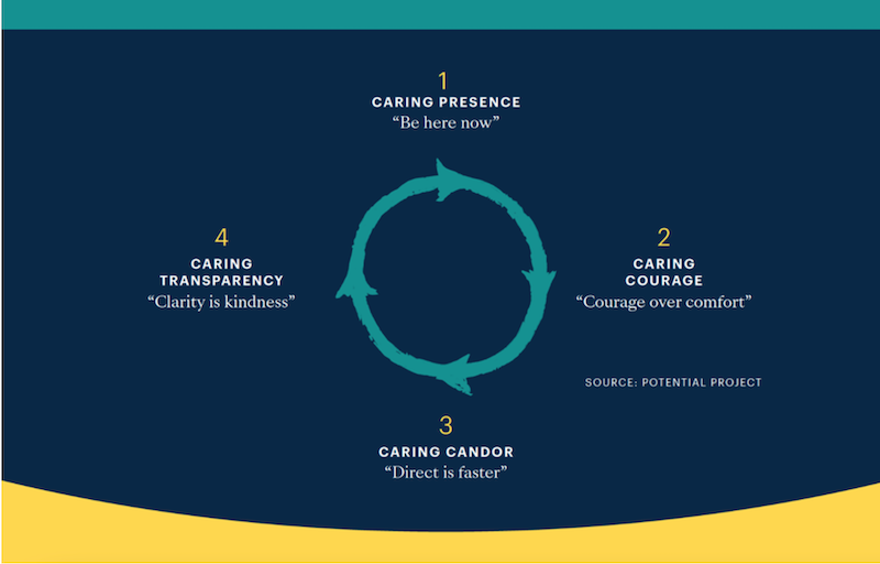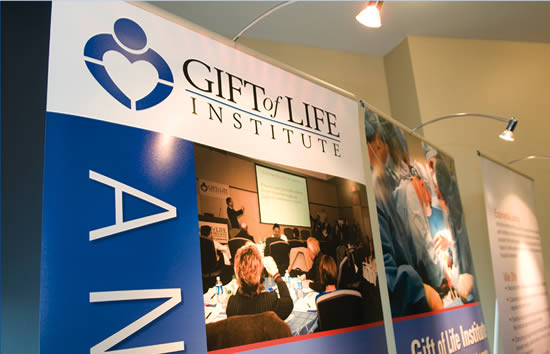Compassionate Care
Compassionate care in action means helping family members be as comfortable as possible in the worst moments of their lives, so that they are able to understand the information that is being shared and embrace the live-changing donation decision.
As healthcare professionals, we are taught how to deal with the medical, surgical, and immunological aspects of organ donation and transplantation. But we are rarely taught and often not prepared to deal with the unique emotional, social, and spiritual needs of potential donor families. However, as donation professionals, we have a responsibility of ensuring compassionate care during the painful journeys of these families and how to successfully companion them.
In an article entitled “How to be Compassionate” by Rasmus Houggaard (a meditation and mindfulness expert who has studied with the Dali Lama and current CEO of Potential Project, which helps organizations to build more human and compassionate workplaces), the author and his colleagues looked at what compassion looks like in action and what skills one needs to develop it. They identified four skills as paramount: Presence, Courage, Candor, and Transparency.
Following is an excerpt provided by the app “Ten Percent Happier” that summarizes these four skills.
Caring Presence: Be Here Now
When we are present, we are in the moment and giving the people around us our full attention. Unfortunately this is not our default state. We are wired to be distracted. Mindfulness allows us to be present with others to tie in to what they are experiencing and may not be saying. This helps us to remember that the person in front of us deserves our respect, attention, care and curiosity.
Caring Courage: Courage over Comfort
Once we are present, we can choose courage over comfort. As human beings we are hardwired to embrace certainty and safety to avoid danger and discomfort. Compassion requires us to open up to others. It takes courage to tap into the difficult feelings we and they may be feeling. We find the inner strength to overcome being outside our comfort zone and open ourselves to emotions – ours and others to allow a connection to begin
Caring Candor: Direct is Faster
Having checked in with yourself and the other person the third step is caring candor. This means being direct and straightforward which is the fastest way to engage in a conversation. Caring candor allows you to deliver the message in the most kind and direct way which allows the other person to receive it quickly and for the real conversation to begin. It means being direct and decisive while remaining authentically open to other people’s perspectives and demonstrating care for their emotions and well being.
Caring Transparency: Clarity is Kindness
Caring transparency means getting ideas and thoughts out into the open; to make the invisible visible. When you are transparent, people know what is on your mind. When we start the journey towards greater compassion, we are present in our interactions with others and have the courage to show up with candor and transparency. When we present ourselves in this way it allows others to do the same.

Supporting and accompanying our donor families during the raw and tender time of donation is one of the most important responsibilities of the donation professional. It is also one of the deepest privileges.

